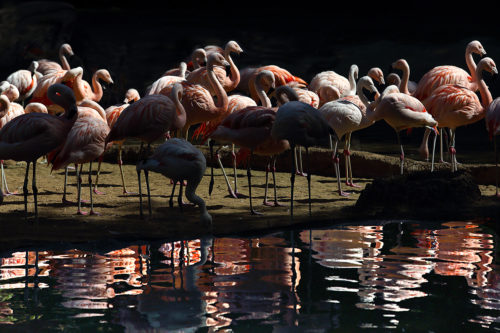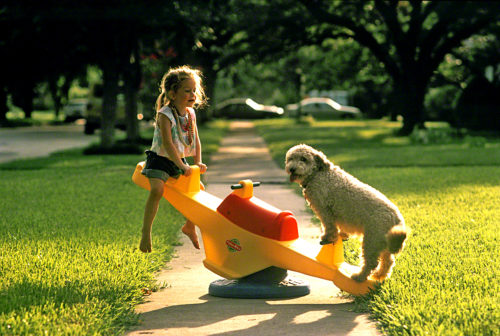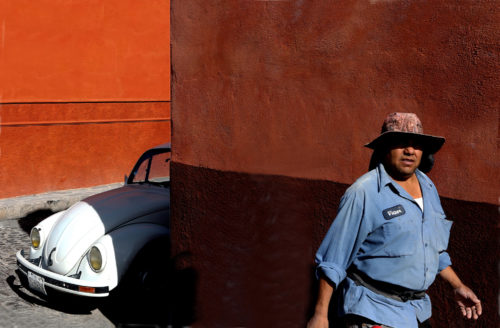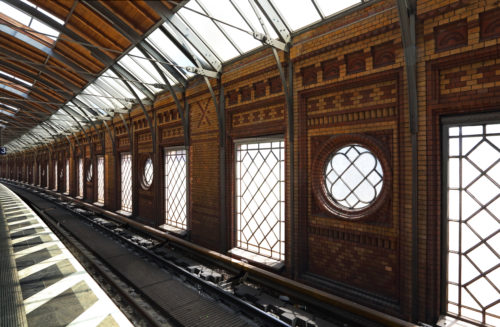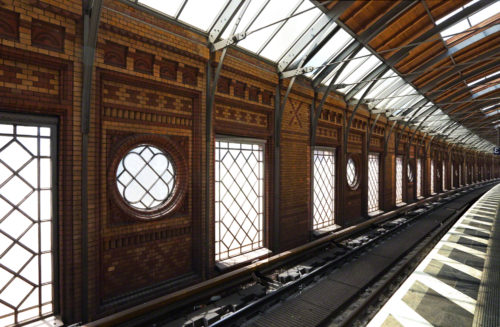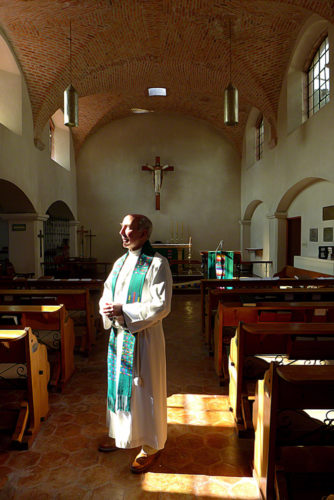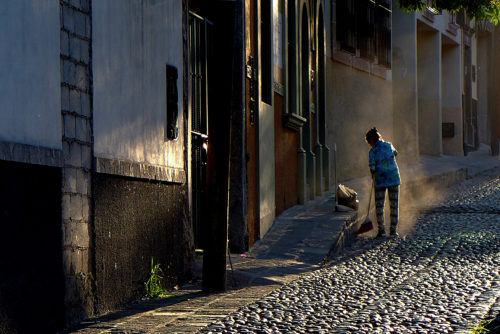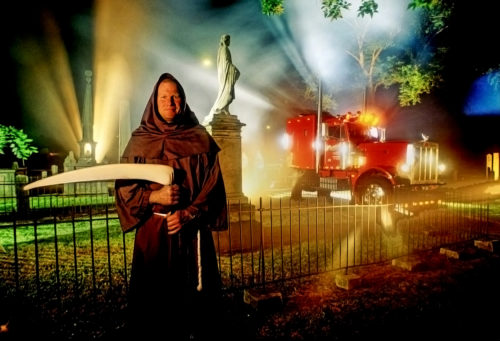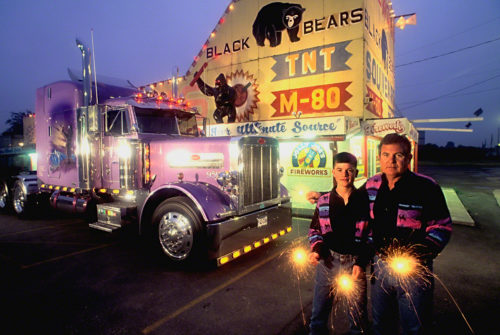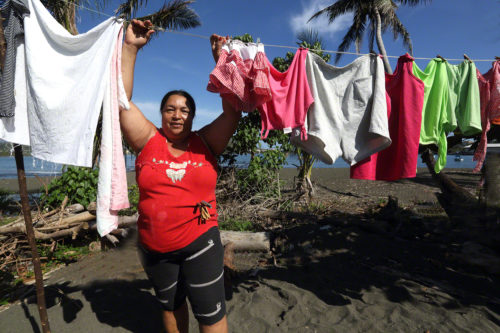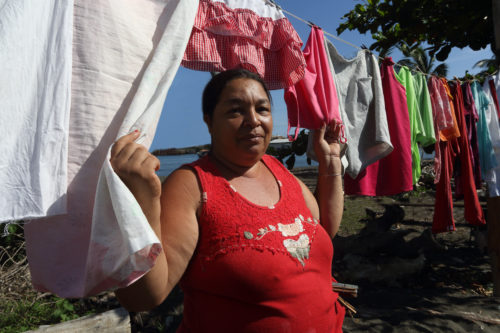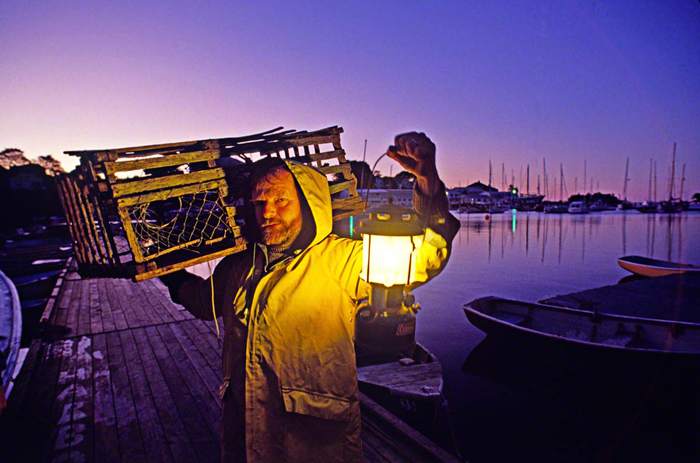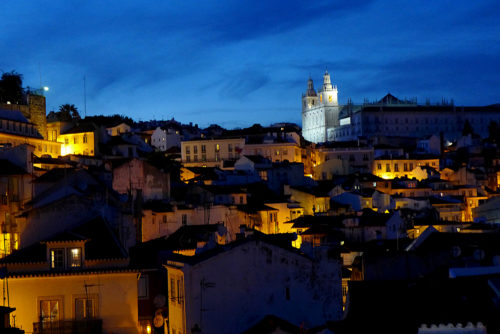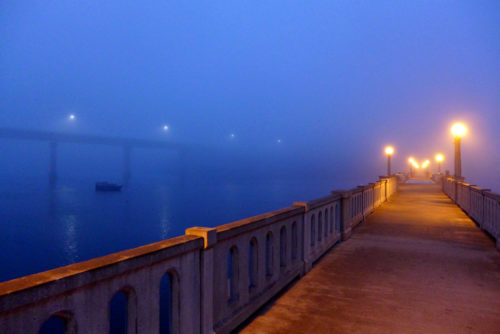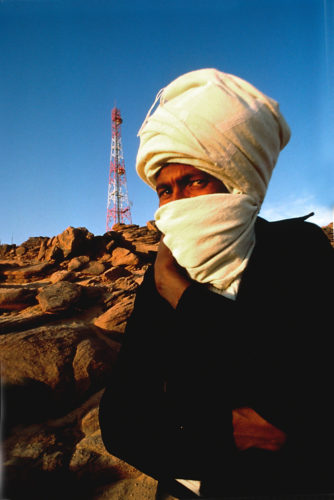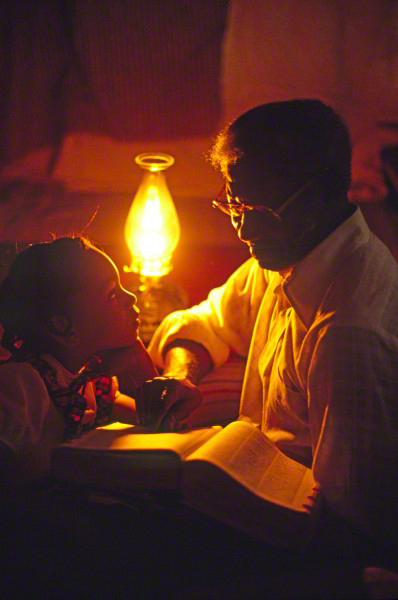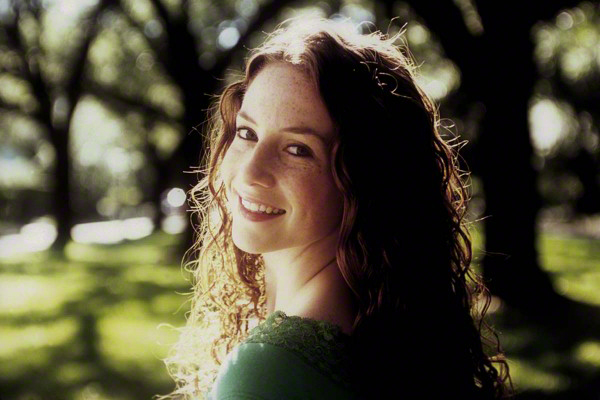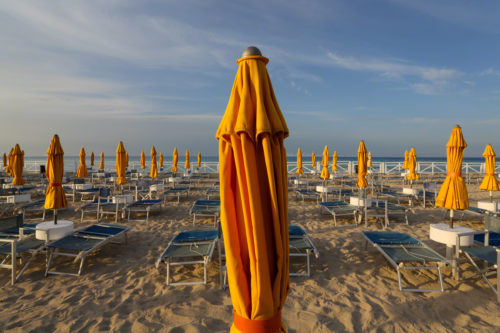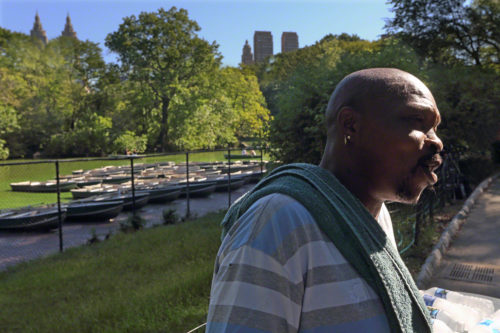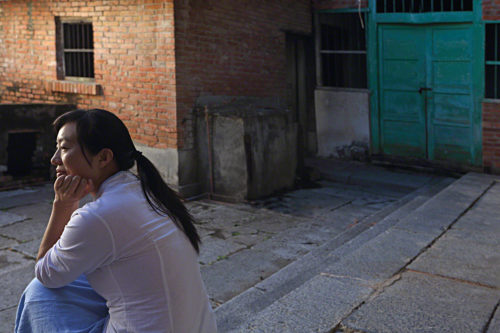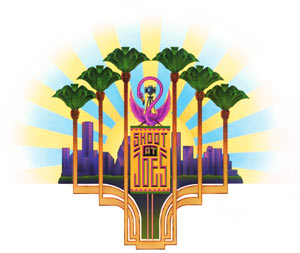NEW YORK: THE FIVE BOROUGHS
Several years ago, I conducted a very successful workshop in New York, which was focused on one borough…Manhattan.
Since then, I’ve talked to several of the people that were in that workshop, as well as others that wanted to attend but for one reason or another couldn’t make the time to join me.
I’ve had enough interest to do another one, but this time I’ve decided to shoot in all five boroughs: Brooklyn, which has the greatest number of occupants, followed by Queens, Manhattan, The Bronx, and Staten Island.
The dates of the workshop will be the Meet and Greet the evening of the 17th. of September. A five full day workshop ending at noon on the 23rd.
In my fifty-year career as an advertising/corporate/and editorial photographer I’ve shot many assignments in Manhattan, but in all those years I never photographed in any of the other boroughs. Having said that, I, for one, am really looking forward to spending time seeing and photographing the other four.
The following are some of the locations we’ll be concentrating on, starting again with MANHATTAN:
Last time we went on a special ninety-minute hard hat tour of Ellis Island, and it was in a word…AWESOME!
This time we’ll be returning, but the tour will be different. Unlike the last tour, this tour will be approx. 2 1/2 hours, and we’ll be taken to places that were not included in the last tour.
In addition, this time we will be allowed to bring tripods which will give us so much more latitude in extremely low light areas.
Lastly, while we’ll be accompanied by a SEI guide, the events are structured without interpretation, so the entire time can be devoted to photography. For those non-shooters, the guide will be available to answer questions and talk about the history of the hospital.
ROOSEVELT ISLAND: Roosevelt Island is considered pat of Manhattan, and there are several locations that I will be scouting ahead of time to give photographers the best possible locations during the best possible times of the day: https://duckduckgo.com/?q=roosevelt+island&t=h_&ia=images&iax=images
During the first workshop, we spent a morning on the Brooklyn Bridge, and people really enjoyed the shoot. Depending on other venues and logistics, this would possibly be a “command performance” for incredible views of the Manhattan skyline and the East River.
BROOKLYN:
Bushwick Street Art and industrial buildings: https://duckduckgo.com/?q=bushwick+street+art&t=h_&ia=images&iax=images&iai=http%3A%2F%2Fstephenesherman.com%2Fwp-content%2Fuploads%2F2016%2F09%2Fbushwick-street-art-donrimx.jpg
DUMBO PARK/WAREHOUSE DISTRICT:
https://duckduckgo.com/?q=washington+street+in+dumbo&t=h_&iar=images&iax=images&ia=images
CONEY ISLAND: I can’t think of a better location to wind up a day of shooting. To be there in the late afternoon to people watch, photograph color, and the rest of the elements of visual design; as well as the gesture of light is something I have not done before and I’m so looking forward to it (not to mention having a Coney island hot dog):
https://duckduckgo.com/?q=CONEY+ISLAND&t=h_&iar=images&iax=images&ia=images
QUEENS:
FLUSHING MEADOWS STATE PARK: In 1939, this was the location of the World’s Fair, and people from all over the world came here to experience the Unisphere, Pavilions, food, and entertainment.
The park currently serves the people as a recreational center. The park has become, “a symbol of unity among every race that attends it”.
https://duckduckgo.com/?q=flushing+meadows+state+park&t=h_&iar=images&iax=images&ia=images
GANTRY PLAZA STATE PARK: From the images I’ve provided, this looks like a marvelous place to be in the late afternoon into the Blue Hour to end the day;
https://duckduckgo.com/?q=gantry+plaza+state+park&t=h_&iar=images&iax=images&ia=images
THE BRONX:
One couldn’t consider visiting this borough without spending some time at probably the most famous zoo in the country…THE BRONX ZOO:
https://duckduckgo.com/?q=bronx+zoo&t=h_&iar=images&iax=images&ia=images
I would suggest your longest lens (maybe even a doubler) to photograph the animals so they will appear in a natural environment. I have done this at the Houston Zoo and it works great!!!
LITTLE ITALY AND ARTHUR AVENUE: A wonderful location to just walk doing some street shooting and stopping for a late lunch:
https://duckduckgo.com/?q=little+italy+and+arthur+avenue&t=h_&iar=images&iax=images&ia=images
CITY ISLAND: Another great place to end the day:
https://duckduckgo.com/?q=city+island&t=h_&iar=images&iax=images&ia=images
STATEN ISLAND:
SNUG HARBOR: This is a collection of 19th century buildings set in an eighty-three-acre park; home to aged sailors. Considered the “Crown Jewel” of Staten Island, it’s an unrivaled reminder of 19th century sailing: https://duckduckgo.com/?q=snug+harbor&t=h_&iar=images&iax=images&ia=images
RICHMOND TOWN: The town of Richmond has been here since the 17th century and is an extraordinary living history village and museum complex.
It will be taking us back in time while offering a great photographic escape from the other locations we’ll be visiting throughout the boroughs of New York:
https://duckduckgo.com/?q=richmond+town+staten+island&t=h_&iar=images&iax=images&ia=images
As has been the case in all my other workshops, a daily schedule has always been put forward in the initial description I send out. For this workshop logistics are very different, if for no other reason than its New York; need I say more??
Having said that, the final daily schedule will be based on me personally scouting each one of these sites several days in advance. The daily schedule will be handed out the evening of the meet and greet. The one thing that will remain the same will be the daily morning critiques that are conducted right after breakfast.
The locations in each one of the boroughs will be the ones listed above, but the specific days and times won’t be assigned until I’ve scouted all the sites. It is all-important that in each location we have enough time to spend while making sure that people are not tripping over one another; as well as a smooth transition from one location to another…so we’re not, as they say, “burning daylight”!!
For those that have taken anywhere from three to ten workshops with me, you know your experience is my number one priority.
Like all the others to date, this will be no exception. It will be one you’ll always remember; especially for those that have never shot with me or have never been to this incredible city.
Because of the distances we’ll be traveling to the other boroughs, I’ll have a private van/bus to move us around and make us more comfortable. This way you’ll be able to bring all the equipment you want.
The cost of the workshop will be $1750.00 and that will include the meet and greet, van/bus transportation, and my famous final dinner.
This special Ellis Island tour is $200.00 per person plus the ferry and is included. If you decide not to take the tour, the price remains the same…no refunds.
For all non-shooters, the fee will be $750.00 which will include everything but the daily reviews; which are for the shooting photographers. All other expenses will be up to the photographers and or non-shooters.
A non-shooter would be a spouse (many of them come), partner, friend, mother-in law, or relative.
As in previous workshops, I’m now in the process of talking to several hotels to stay at for the workshop, including having the meeting room there. We will try to get a workshop rate as we have done in the past.
Past participants know, it will be a reasonably priced four-star hotel (for the area) located in the Seaport area of New York. For those that prefer to stay someplace else, you’re more than welcomed to do so.
Once we decide on a hotel, I’ll let everyone know so you can book your reservations yourself. It’s a lot easier to do it this way, as people are looking for different size and priced rooms and it will eliminate mistakes by the “middle man” …that would be me!!
My workshops are limited to ten photographers, not counting the non-shooters. I can tell you several people have already asked me to hold a spot, so if New York has been on your bucket list, I suggest you give it serious thought to signing up sooner rather than later.
I hope to see some old friends there, meet new ones, take great photographs, share an occasionally martini, dine on great food, come back with wonderful images, and have a wonderful time in the process.
As ‘old blue eyes’ would say:
“Start spreading the news,
I am leaving today.
I want to be a part of it
New York, New York”
Joe
Here’s just a few testimonials from past workshop attendees:
I just finished taking Joe’s workshop. I simply cannot recommend it highly enough. I cannot adequately express my gratitude to Joe for his approach to teaching and his willingness to share his tremendous wealth of knowledge. Learning about critical elements of design and the discovery of the artist’s palette has changed the way I make pictures, and the way I look at the world. This has been a truly outstanding experience with an outstanding teacher. Thank you, Joe!
Alain
I recently completed my third workshop with Joe Baraban, and all I can say is that I will be coming back for more. All aspects of the workshop were fantastic. Joe’s approach to teaching, the shooting locations, the daily reviews, the accommodations, the planning and organization, and the communications were all at the highest level.
From the “meet and greet” reception the first night, to the final dinner, Joe paid strict attention to every detail to make sure we were well taken care of…all the time. Joe’s selection of locations are always diverse and challenging and present many, many opportunities for great shots and learning.
The daily reviews are a wonderful educational experience as you discuss your own work as well as the work of the other photographers. Joe teaches how to “make pictures”, not just take them. The quality and creativity in my images continue to ratchet up a notch with every workshop as I continue to learn from Joe.
I highly recommend Joe’s workshops and online classes.
Nick
I just finished taking Joe’s workshop and again it was nothing short of extraordinary. Because of Joe and the ideas and concepts he teaches, I see everything differently now. Whether I’m driving along a country road or watching TV, I now see negative space, vanishing points, color, light, texture, pattern, line, angle of reflection, tension, perspective – everywhere.
Knowing these critical elements of design have truly not only changed how and what I photograph but have changed the way I look at the world in a very real way.
I cannot adequately express my gratitude to Joe for his caring and expertise and if you are considering taking a class or workshop with Joe think no more as I cannot recommend him highly enough. Just DO IT!!!
Shauna
Joe Baraban’s workshop is first rate and pitched at a level that in my opinion would provide a strong learning experience for any photographer, no matter their level or their primary area of photographic interest.
Joe is attentive, and his workshops are well prepared and illustrative of the concepts being put forward. Better yet, supplementary tips and advice were passed along to participants in neat little packages with titles like “The fifteen-point inspection plan”. His photo critiques are honest and very helpful. A number of us would definitely take a second, third, and fourth workshop offered by Joe.
Murray
I attended Joe’s Paris workshop and received a lot of valuable information in less than a week.
Joe’s workshops begin with an informal meet and greet where all the participants and spouses are able to meet each other with food and wine.
Usually, each day start before dawn with an air-conditioned private bus trip to a pre-scouted shooting location. Joe gives suggestions for shooting before and during each shoot. He moves around to each photographer during the shoots and gives “hands-on tips” and suggestions that are wonderful and instructive.
Each day there is a very constructive critique of the work that was shot the day before. Joe has everyone involved and he asks people their opinions.
I have not attended many formal workshops and I was happy that the comments of the other shooters and those from Joe were very helpful and allowed everyone to get real feedback so soon after shooting.
I can truly say that the workshop immediately helped me, and I believe that my photos have much improved. It was a wonderful experience and made me a better photographer. It also gave me a chance to make friends with the other photographers.
John B
I wanted to learn more about Joe’s approach to visual design and making great photos after taking one of his online courses. As a former painter, I really relate to his focus on visual design elements as his artist’s palate and it all came to life in this workshop.
He is an excellent teacher and it was wonderful to experience this with a group of very talented photographers who supported each other and did some great work.
The format of learning the design principles and discussing them in relation to Joe’s images and the work from the class was a great way to learn – I look forward to future workshops.
Cynthia
